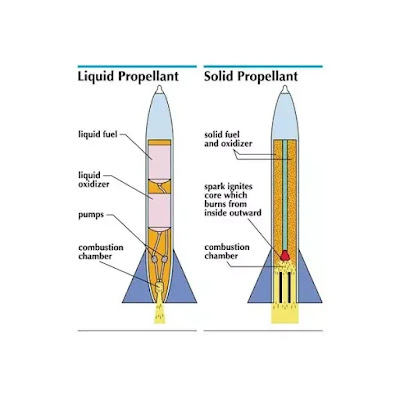Today (October 5, 1882) is the Birthday of Robert Hutchins Goddard, who invented the world's most used liquid fuel rocket.
Robert Hutchings Goddard was born on October 5, 1882 in Worcester, Massachusetts to Nahum Danford Goddard and Fanny Louis Hoyd. Robert is their only child. A younger son, Richard Henry, was born with a spinal defect and died before his first birthday. Nahum invented many useful tools for manufacturing. Shortly after Goddard was born, the family moved to Boston. Curious about nature, he used a telescope from his father to observe the sky and birds flying. With the electrification of American cities in the 1880s, the young Goddard became interested in science — especially engineering and technology. The imagination of a five-year-old child was aroused when his father showed him how to create sustainable electricity on the family carpet.
He received a bachelor's degree in physics in 1908 from Worcester Polytechnic. After graduation, he worked as an instructor there for a year. He then received his master's degree in physics from Clark University in Worcester, graduating in 1910. He also received his doctorate in science in 1911. After working at Clark University for one year, he joined the Palmer Physics Laboratory at Princeton University in 1912 for a series of studies. Robert experimented, believing that he could improve his height if zinc was charged from a battery by wiping his feet on a gravel walk. But, if he catches zinc, he will not be taller than usual. He tested the chemicals and created a smoke cloud and explosion in the house. Goddard stopped testing after his mother warned him.
These interests converged at the age of 16. When Goddard tried to build a balloon out of aluminum, he designed the base metal in his home workshop and filled it with hydrogen. After nearly five weeks of systematic, documented efforts, he finally dropped the project because the aluminum was too heavy. However, the lesson of this failure did not stop Goddard's growing determination and confidence in his work. For about several decades in the 1910s, radio was a new technology that was rich in innovation. In 1912, while working at Princeton University, Goddard studied the effects of radio waves on conductors.
To generate radio-frequency power, he invented a vacuum tube with a beam deflection. It works like a cathode-ray oscillator tube. The pipeline before Lee de Forrest was patented by Arthur A. Became central to the case between Collins. Its small company developed radio transmitter tubes. And AT&T and RCA on the use of vacuum tube technology. Only one counsel from Collins accepted the fee when Goddard dropped the case. Eventually the two largest companies allowed De Forst to freely use the patent for the country's growing electronics industry.
By 1912, in his spare time, he was developing mathematics using calculus. It allowed to calculate the position and velocity of a rocket in a vertical plane by considering the weight of the rocket and the weight and velocity of the propulsion gases. As a result, he independently developed the Tsiolkovsky rocket equation, which was released in Russia a decade ago. For the vertical plane he covers the effects of gravity and aerodynamic traction. His first goal was to create a sounding rocket to study the atmosphere. Such an investigation would not only aid meteorology, but also determine the temperature, density, and wind speed needed to design efficient space launch vehicles.
He was very reluctant to admit that his ultimate goal was to develop a vehicle for spacecraft, as most scientists, especially in the United States, did not consider such a goal to be a realistic or practical scientific objective. The public is still ready to seriously consider such ideas. Then, in 1933, Goddard said that "the achievement of space travel, experiment by experiment, and gradually, until one day we succeed, we must not allow it to be stopped."
He is one of the most important contributors to rocket science today. He is also considered a pioneer of rocket science. He is credited with inventing the Liquid Fueled Rocket used in the world today. As part of his research, the rocket launched by his crew on March 16, 1926 was the first liquid-fueled rocket to be successfully launched. Goddard and his crew fired a total of 34 rockets between 1926 and 1941. Some of them were capable of flying at high altitudes of 2.6 km (1.6 mi) and high speeds of 885 km / h (550 mph). Robert Hutchins Goddard, the pioneer of rocket science, passed away on August 10, 1945 at the age of 62 in Baltimore, Maryland. The Goddard Space Flight Center (GSFC), NASA's largest and most important space research facility in Greenbelt, Maryland, is named after Robert Goddard.
Source By: Wikipedia
Information: Dr. P. Ramesh, Assistant Professor of Physics, Nehru Memorial College, Puthanampatti, Trichy.








.jpg)
No comments:
Post a Comment